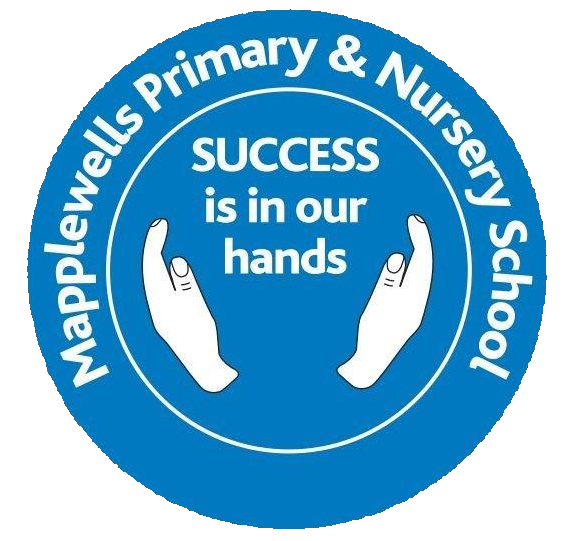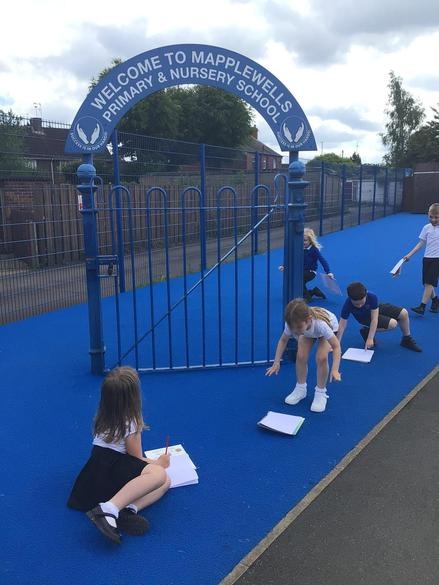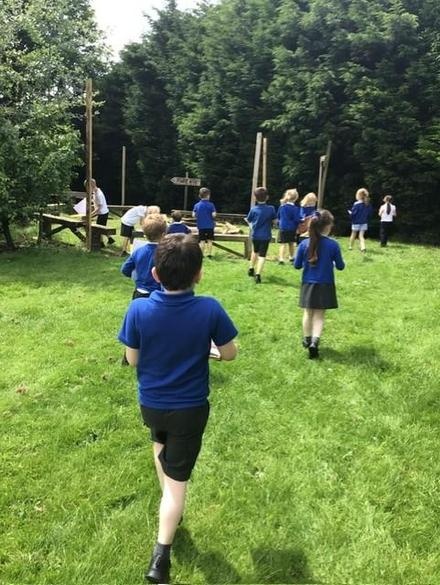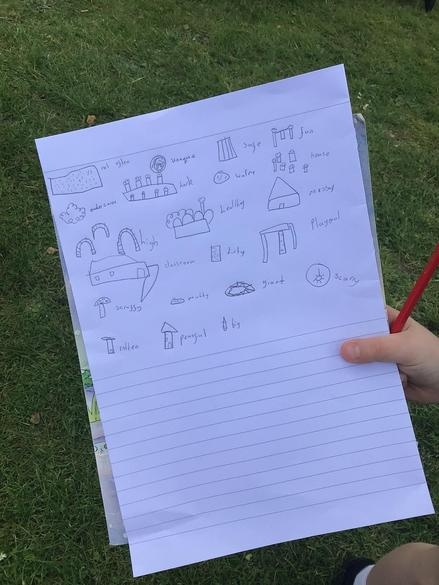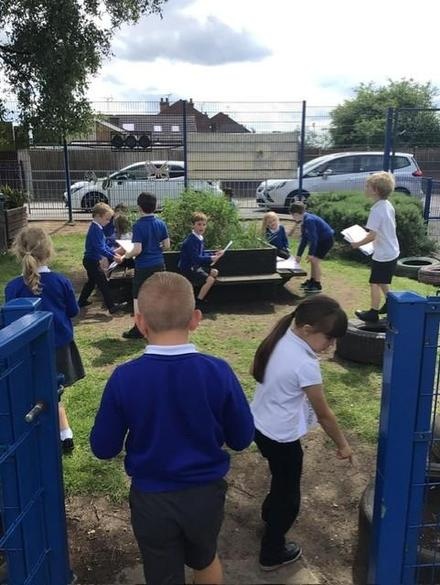Geography
Geography Statement of Intent:
"To inspire geographical explorers to be fascinated in the world and use their knowledge and skills to play a role in shaping its future. At Mapplewells we aspire to give pupils a broad and detailed knowledge of people and places from around the world."
Our Geography Curriculum
Our Geography curriculum is exciting and enables our pupils to be curious about the area, country, city and world they live in. For us Geography is about our pupils becoming naturally curious to find out more, question and investigate. Through our knowledge rich curriculum pupils find out about the Earth's land, water, air, and living things and people. We ask thought provoking questions where children discuss environmental issues and the impact of human behaviour to the Earth.
Our Geography Curriculum will enable pupils to:
-
Develop the ability to make sense of information
-
Observe and interpret the environment
-
Develop and secure Map reading
-
Understand and interpret secondary data
-
Communicate findings in drawings, charts and diagrams
-
Record and analyse data using ICT
-
Discuss issues and problems with others
-
Develop critical and creative thinking
-
Develop an awareness and understanding of distant places and environments
-
Recognise how people from all over the world are linked through travel and trade
-
Build a framework of place knowledge
-
Investigate major rivers, mountains and cities
-
Develop an appreciation of other peoples and cultures
-
Recognise the need for a just and equitable society
-
Develop an understanding of spatial relationships at a range of scales
-
Undertake fieldwork, enquiries and active exploration of the locality
-
Explore landscapes, settlements and human activity
-
Become a global citizen with multicultural understanding
Geography Showcase
Fieldwork Fortnight 2025
Year 3 and 4 have been using their geographical skills at Forest School, investigating their surroundings to answer the question; What wildlife lives nearby? All children planned their investigation, collected data and presented their data in a bar chart. They then analysed the data, comparing the invertebrates and vertebrates they found with their peers.
